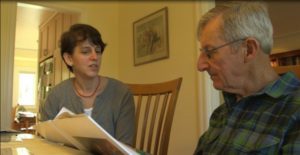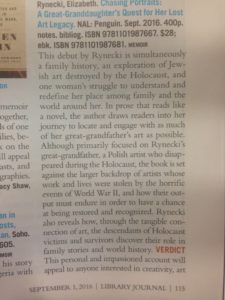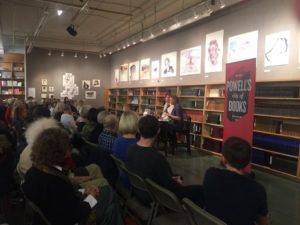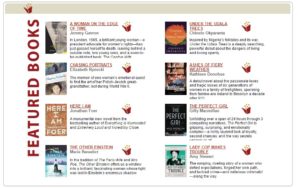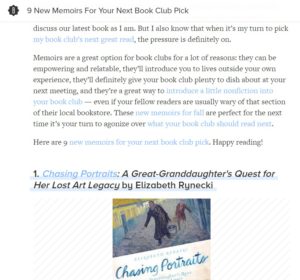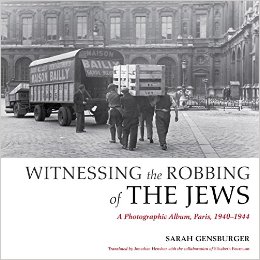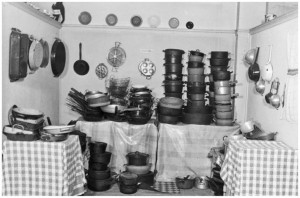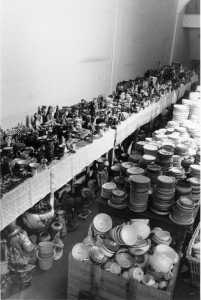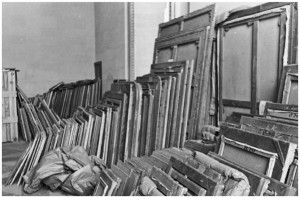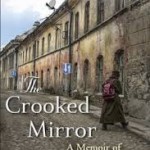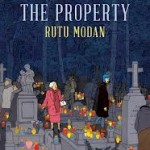I wrote a guest blog post for Swenson Book Development about writing book reviews. Read the opening paragraph here, and check out the rest over on the Swenson Book Development blog.

Instagram, Book Reviews, and You
Last year I posted 50 mini book reviews on Instagram. That might seem like a large number of books to read in a year, but it’s notably smaller than the number of books I started and then decided, for various reasons, not to finish. Not all books are for all readers. It seems like an obvious statement, but as an author myself I have come to understand this in a much deeper way, to the point that I’ve almost made it a mantra. [Read More…]
